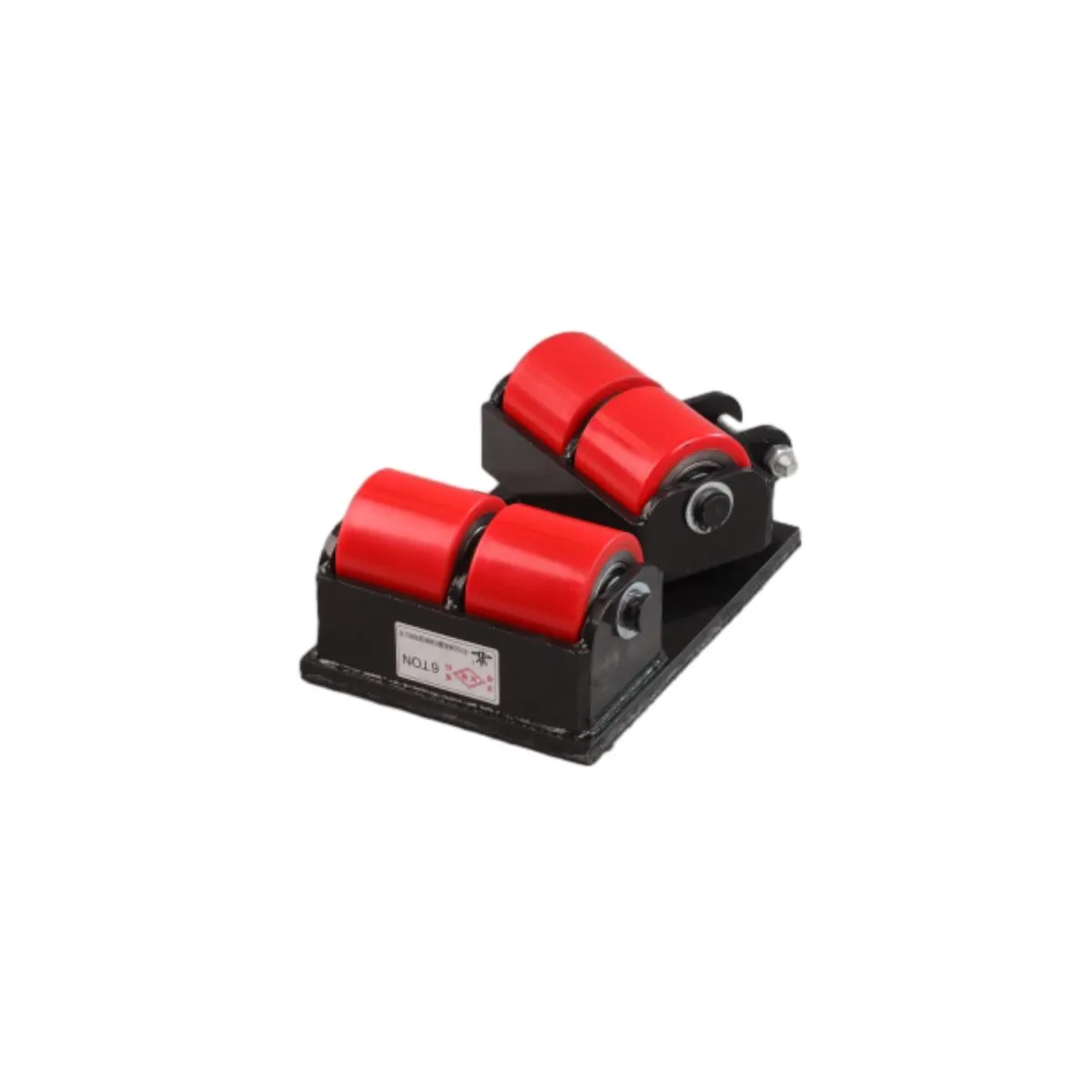magnetic lifting device
Magnetic Lifting Devices Revolutionizing Material Handling
In the ever-evolving landscape of industrial operations, the quest for efficiency and safety remains paramount. One innovation that has significantly contributed to these goals is the magnetic lifting device. These tools utilize the principles of magnetism to handle heavy objects with ease, revolutionizing the way materials are moved, lifted, and transported across various sectors.
At the heart of magnetic lifting devices lies the simple yet powerful concept of magnets. Most devices employ permanent magnets or electromagnets to create a strong magnetic field capable of lifting ferromagnetic materials like steel and iron. One of the primary advantages of using magnetic lifting is the ability to lift heavy loads without the need for traditional rigging equipment. This not only streamlines the lifting process but also reduces the labor required, thereby minimizing the risk of workplace injuries.
There are several types of magnetic lifting devices, each designed for specific tasks. Permanent magnetic lifters are particularly popular due to their simplicity and reliability. They consist of a magnet that is activated and deactivated manually, allowing operators to lift and release materials with a simple switch. On the other hand, electromagnet lifters provide more versatility and strength, as they can be switched on and off electronically. This feature is beneficial in applications where the load needs to be controlled with precision.
One notable application of magnetic lifting devices is in the manufacturing industry, where they are used for moving steel sheets, pipes, and other large components. In warehouses and shipping yards, these devices can efficiently load and unload goods, reducing the time taken for operations. Moreover, the use of magnetic lifters can enhance the handling of materials in assembly lines, contributing to lean manufacturing practices by minimizing downtime.
magnetic lifting device

Another significant area where magnetic lifting devices shine is in recycling and waste management. These devices are crucial in the sorting and processing of scrap metal. They swiftly separate ferrous materials from non-ferrous ones, thus facilitating the recycling process and promoting sustainability.
In addition to their operational benefits, magnetic lifting devices enhance safety in the workplace. They reduce the need for manual lifting and the use of cranes or hoists, which can pose serious safety risks if not operated properly. By employing magnetic lifters, businesses can create a safer working environment and mitigate the potential for injuries.
Despite their numerous advantages, it is essential to remember that magnetic lifting devices require proper training and maintenance. Operators must be well-versed in the device's capabilities and limitations to ensure effective usage. Regular inspections and maintenance are also crucial to prevent any failures that could lead to accidents or operational downtimes.
In conclusion, magnetic lifting devices represent a remarkable advancement in material handling technology. Their ability to enhance efficiency, safety, and productivity across various industries is undeniable. As technology continues to progress, the role of magnetic lifters in industrial applications is likely to expand, paving the way for a future where material handling processes are safer and more efficient than ever before.
-
Permanent Magnetic LiftersNewsNov.01,2024
-
Operations with an Adjustable CraneNewsNov.01,2024
-
Machine Moving SkatesNewsNov.01,2024
-
Industrial Lifting MagnetsNewsNov.01,2024
-
Effective Machinery MovingNewsNov.01,2024
-
Adjustable Gantry CraneNewsNov.01,2024
-
Unlock the Power of Lifting with Permanent Magnetic LiftersNewsOct.11,2024
